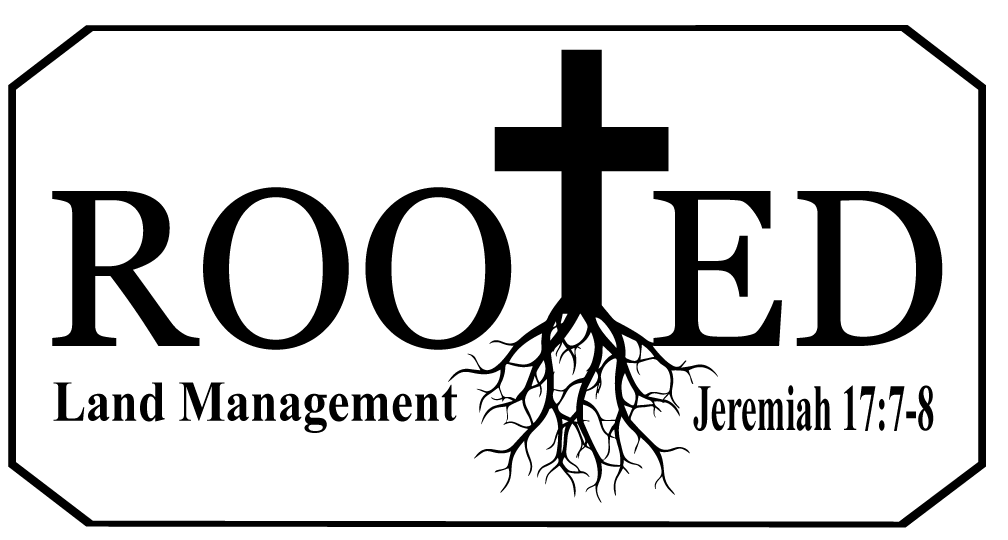Feeders on the Farm: Weighing the Pros and Cons for Wildlife onYour Hunting Property
Wildlife feeders have become a staple on many recreational hunting properties across the country. Whether you’re targeting whitetail deer, wild turkeys, or a variety of other game species, feeders can offer benefits in attraction and supplemental nutrition. However, like any land management tool, feeders come with trade-offs that landowners must carefully weigh.
In this article, we’ll break down the advantages and disadvantages of using feeders, and compare the four most common feeder types—gravity-fed, spin-cast (spinning), capsule, and trough feeders—to help you choose what’s best for your property.
The Pros of Using Wildlife Feeders
- Consistent Nutrition
Feeders provide a steady supply of food, particularly during the late winter or dry months when natural forage is scarce. This helps support body condition, antler development, and fawn survival rates. - Increased Game Visibility
By concentrating wildlife activity around feeders, hunters and landowners get more opportunities for game observation and hunting, especially during daylight hours. - Supplemental Strategy
Feeders complement food plots by filling in nutritional gaps or providing concentrated high-calorie feed (like corn or protein pellets). - Trail Camera Advantage
Feeder sites are prime locations for running trail cameras to monitor herd size, buck inventory, and timing of movement.
The Cons of Using Wildlife Feeders
- High Ongoing Cost
Feeders require regular refilling, and depending on the size of your herd and feeder type, feed costs can reach hundreds or thousands of dollars per season. - Dependency
Over time, deer can become conditioned to feed, potentially impacting natural foraging behavior or movement patterns. - Target for Non-Game Species
Feeders can attract raccoons, hogs, squirrels, and even predators, which may compete with or harm your target species. - Legal Restrictions
Feeding laws vary by state and season. In some areas, using feeders during hunting season is restricted or banned, especially due to disease concerns like Chronic Wasting Disease (CWD).
Comparing the 4 Main Types of Feeders
- Gravity Feeders
How They Work: Feed drops through open ports as deer consume it. No moving parts or timers.
Pros:
- Simple design, low maintenance
- Quiet and natural feeding experience
- Great for protein pellets and low-waste feed
Cons:
- Open-access leads to faster feed depletion
- Vulnerable to raccoons and hogs
- No feeding schedule control
Best Use: Year-round feeding with protein blends; remote or low-pressure areas
- Spinning Feeders (Spin-Cast)
How They Work: A timer-controlled spinner plate disperses corn or pellets at set intervals.
Pros:
- Controls feed usage with timed dispersal
- Encourages daylight movement with consistent feeding schedule
- Reduces waste if used properly
Cons:
- Mechanical parts require maintenance
- Noisy operation may spook deer
- Not ideal for rainy conditions or non-corn feed
Best Use: Hunting locations, trail camera monitoring, encouraging daylight activity
- Capsule Feeders
How They Work: Ground-based feeders with gravity or timer functionality in a secure, low-profile design.
Pros:
- Easier and safer to fill (from ground level)
- Highly stable, won’t tip over
- Many models offer both gravity and spin options
Cons:
- More expensive up front
- Heavy; not easily relocated
- Still prone to hog or varmint access if not protected
Best Use: Central feeding stations or large plots, especially where ladder-based filling is a challenge
- Trough Feeders
How They Work: Open-air feeding troughs with overhead cover to protect feed from rain.
Pros:
- Natural feeding style
- Easy to fill and check
- Great for pellets, minerals, and protein blends
Cons:
- No feed control—waste can be high
- Exposed to rain, pests, and non-target animals
- Requires frequent refilling
Best Use: Summer protein stations, camera surveys, supplemental nutrition in safe zones.
Final Thoughts: Matching Feeders to Your Goals
Your choice of feeder should match the goals of your property—whether it’s attracting deer for hunting, supporting herd nutrition, or simply monitoring wildlife. Here’s a quick comparison:
| Feeder Type | Cost | Feed Control | Maintenance | Wildlife Use | Best Feed Type |
| Gravity | Low–Mid | Low | Low | Deer, hogs, raccoons | Protein, pellets |
| Spin-Cast | Mid–High | High | Medium | Deer, raccoons | Corn, pellets (dry) |
| Capsule | High | Medium–High | Low–Medium | Deer, hogs | Corn, protein blends |
| Trough | Low | None | Low | Deer, turkeys, all | Pellets, minerals |
Conclusion
Feeders can play a valuable role in your wildlife management plan, especially when paired with habitat work and food plots. By understanding the strengths and weaknesses of each feeder type, you can choose the setup that best supports your goals—whether that’s growing big bucks, sustaining healthy herds, or simply enjoying the wildlife your land supports.
If you would like more information on which feeder you need or which one you would like to purchase or which feed you would like to use in your feeder, give Rooted Land Management a call at 256-684-1645 or email them at info@rootedlandmgt.com.
Brady Willcutt
Owner
Rooted Land Management
